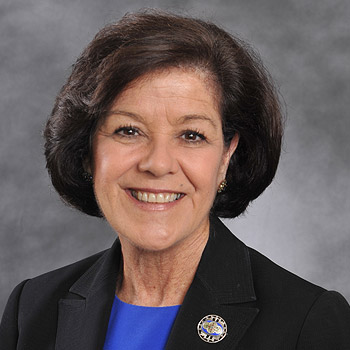What are Hospice and Palliative Care?
A Conversation with Calvary Experts
In this article Calvary’s expert team led by Christopher P. Comfort, MD, Nancy S. D’Agostino, RN, MSN, CHPN, and Kathleen Lynch, RN offer their insight to address common questions asked by those researching palliative care and hospice care.
In this article, you will learn how palliative and hospice care are similar and how they differ. Estimated read time: 4 minutes




